The Easter Bunny has been hiding more than eggs. Behind the cute costume and springtime cheer is a trail of odd origins and surprising facts most people never hear about. This list peels back the fluffy curtain and reveals a few things about the Easter Bunny that aren’t part of the usual holiday story.
He’s Not a Rabbit at All
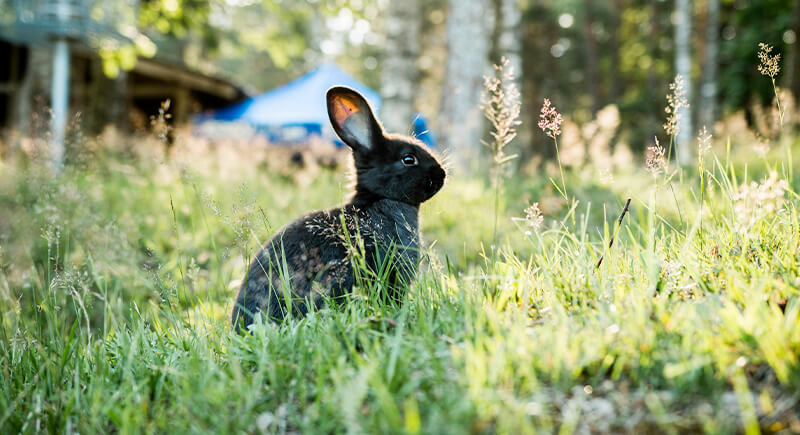
Despite the name, the Easter Bunny has more in common with a hare. Hares are larger and faster and don’t live in cozy little burrows like rabbits. The confusion stuck over time, mainly because “Easter Hare” doesn’t have the same catchy ring. But technically, you’ve been crediting the wrong long-eared critter all along.
He Was Originally a She
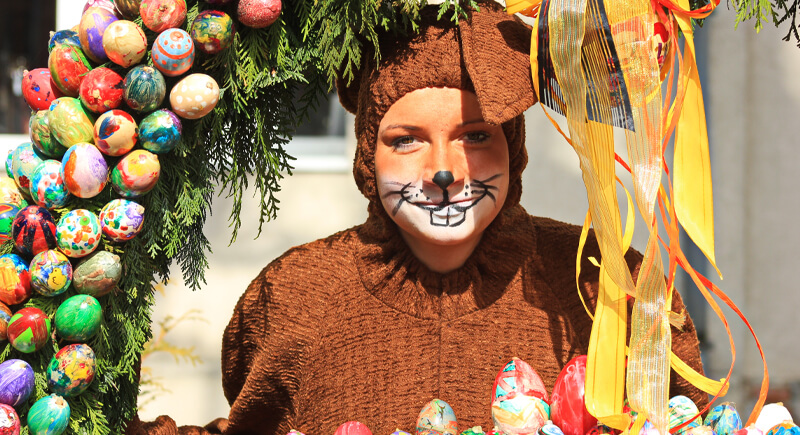
The first version of the Easter Bunny wasn’t a bunny at all—it was a hare and a female one at that. In old stories, she showed up at the start of spring to decide which kids had behaved and left them colorful eggs if they passed.
Started in Germany

The Easter Bunny hatched in Germany. Stories of the “Osterhase” circulated while featuring a magical hare who laid eggs for well-behaved kids. The tradition became a fun spring custom that combined folklore with seasonal celebration. It eventually crossed borders and hopped its way into other cultures.
Immigrated to America

German immigrants brought the bunny to America in the 1700s after settling in places like Pennsylvania. They introduced the idea of a hare that laid eggs, and kids would build little nests, hoping it would come by. Before long, the nests became baskets, and the eggs turned into chocolate.
Eggs Represent Rebirth
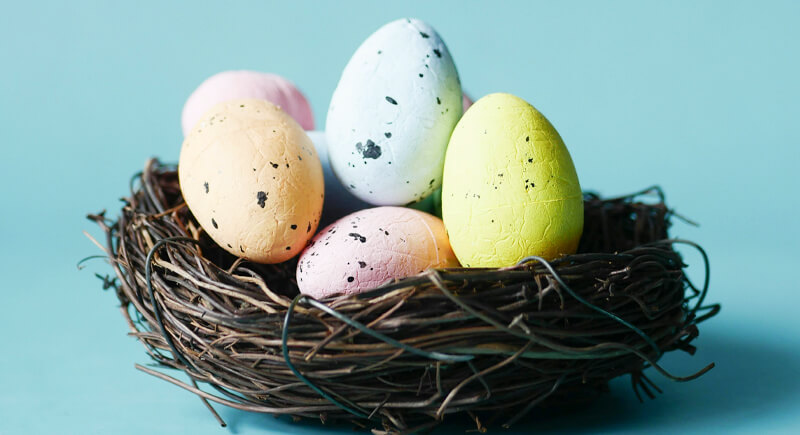
Eggs might seem like a weird gift from a bunny, but the symbolism runs deep. For centuries, eggs have been tied to spring and renewal. In Christianity, they represent Jesus’ resurrection. So, while the bunny may get all the credit, it’s the egg carrying the spiritual weight.
No Mention in the Bible
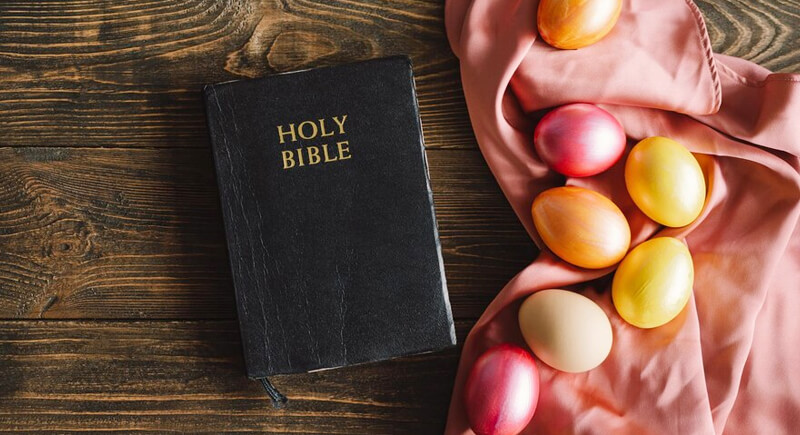
Despite being the face of a major Christian holiday, the Easter Bunny doesn’t appear anywhere in scripture. You won’t find a verse mentioning rabbits, let alone one delivering eggs. His connection to Easter is purely cultural, not religious. Over the centuries, folklore and seasonal traditions snuck into the mix.
Used to Deliver Real Eggs Only
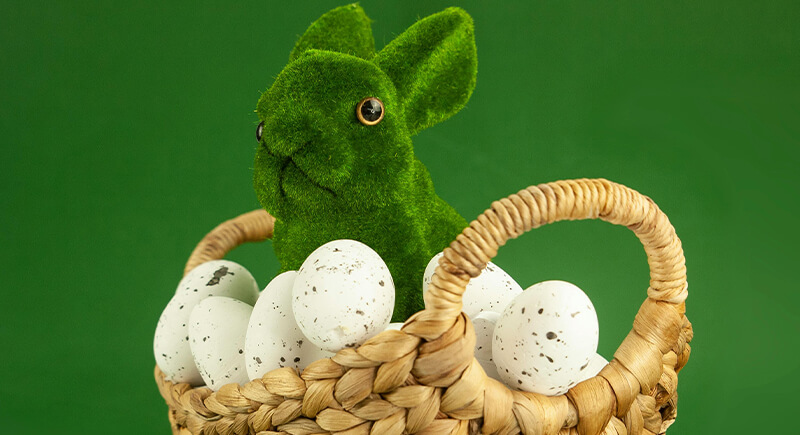
Before foil-wrapped chocolate and marshmallow treats, the Easter Bunny was all about the real thing—actual chicken eggs. Early traditions involved hand-dyeing them with natural materials like beet juice or onion skins. Candy didn’t take over until the 19th century.
Hares Were Once Feared
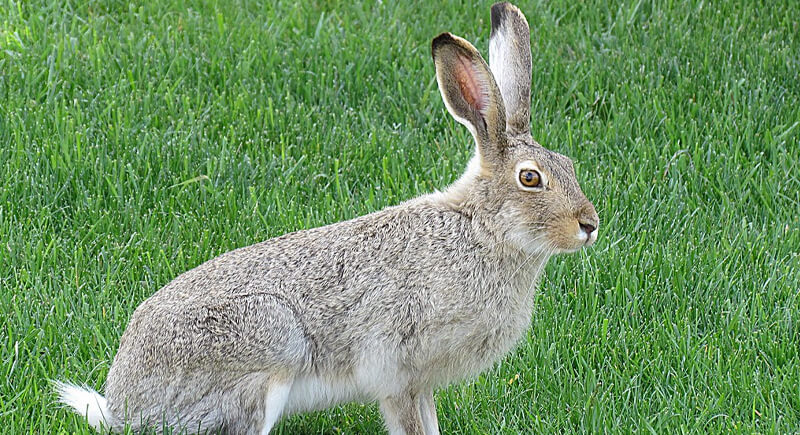
In medieval Europe, hares were associated with witches and the moon. They often appeared in folklore as shape-shifting creatures. People believed they watched silently with knowing eyes and roamed under moonlight with eerie intent. The idea of sneaking around at night to judge kids was less magical back then.
Bunnies Don’t Lay Eggs
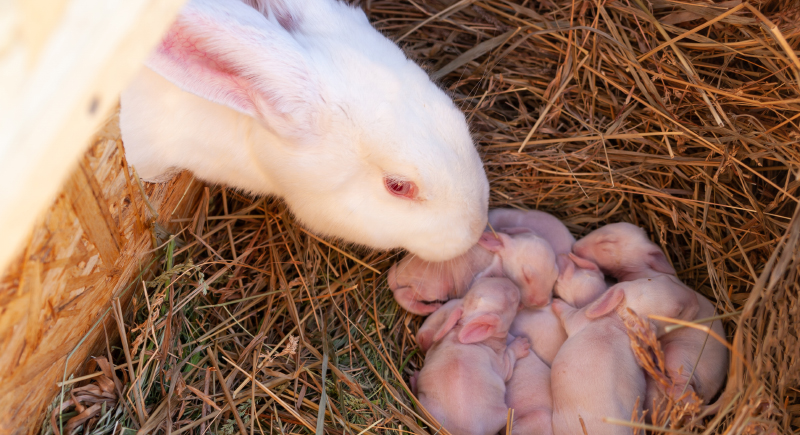
It’s one of those holiday quirks that nobody questions anymore, but biologically, it makes no sense. Rabbits are mammals. They don’t lay eggs. Yet here we are, every spring, letting a bunny take credit for a job that belongs to a chicken. It’s weird, but the tradition stuck.
Australia Tried to Replace Him

Down under, rabbits are no joke. Introduced in the 1800s, they caused major environmental damage, so Australia created the Easter Bilby—a native marsupial with giant ears and a rabbit-like face. Bilby-themed treats and toys are now part of the celebration, though the Easter Bunny still has a global fanbase.
There’s an Easter Bunny University
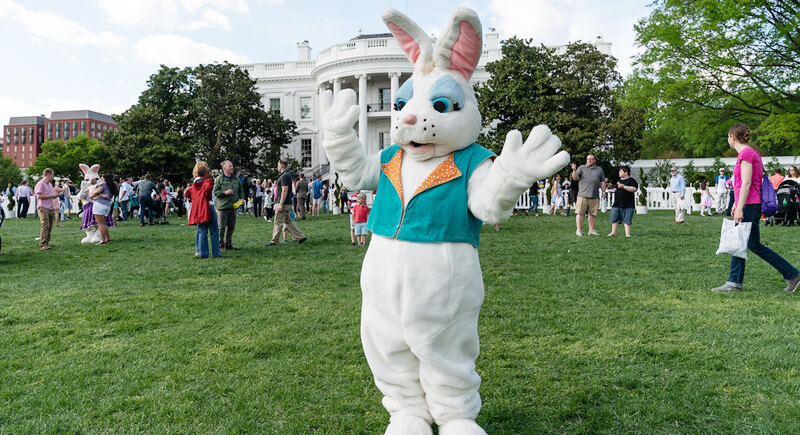
Believe it or not, there’s actual training involved in becoming the Easter Bunny. Performers attend “Easter Bunny University” workshops to learn the right gestures, walk, and pose for photos without terrifying toddlers. It takes real commitment to keep the springtime spirit alive in costume.
The Bunny Isn’t Always Cute

The Easter Bunny was more a judge than a joy-bringer in some legend versions. Like Santa’s “naughty or nice” list, this bunny kept tabs on behavior and skipped over kids who didn’t cut. It isn’t always the cuddly icon people expect each spring.
Egg Hunts Began in Royal Gardens

The backyard egg hunt tradition traces back to 19th-century Europe, where royalties organized egg hunts in their garden estates. Queen Victoria even wrote about them in her childhood journals. Her German mother brought the idea over, and it eventually became a springtime tradition for families everywhere.
Chocolate Bunnies Have Rules
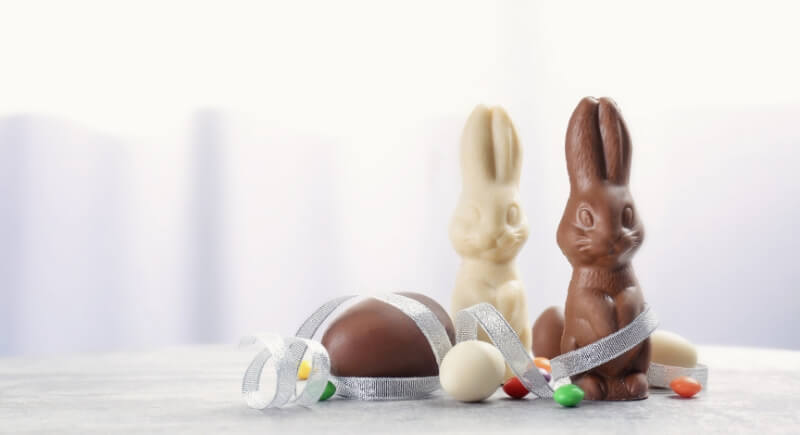
Not all chocolate bunny-eaters are the same. According to surveys, around 76% of Americans start with the ears, while others go straight for the feet or tail. Chocolate bunnies have sparked some strong opinions about a candy item without instructions.
He’s a Marketing Giant
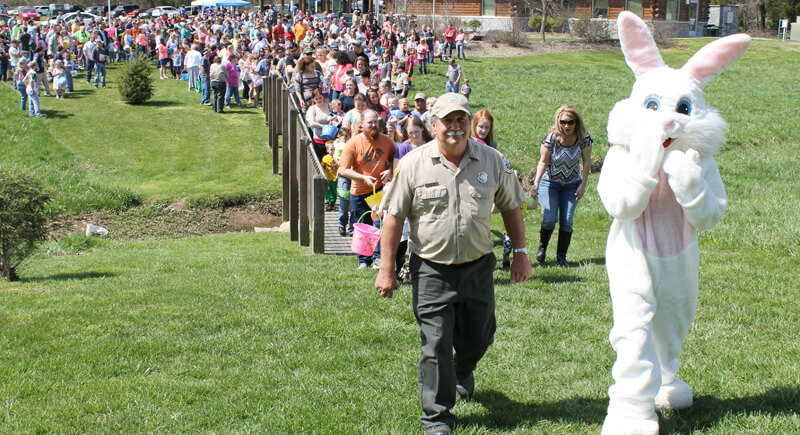
The Easter Bunny might not talk, but he sells. In the United States alone, Easter-related spending regularly tops $22 billion, with baskets, candy, costumes, and decorations flying off shelves. Big brands love him—he’s an adorable symbol with seasonal appeal and works well on everything from cereal boxes to commercials.